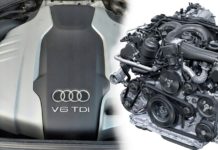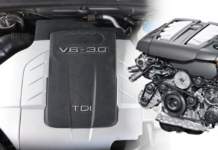E-GOLF
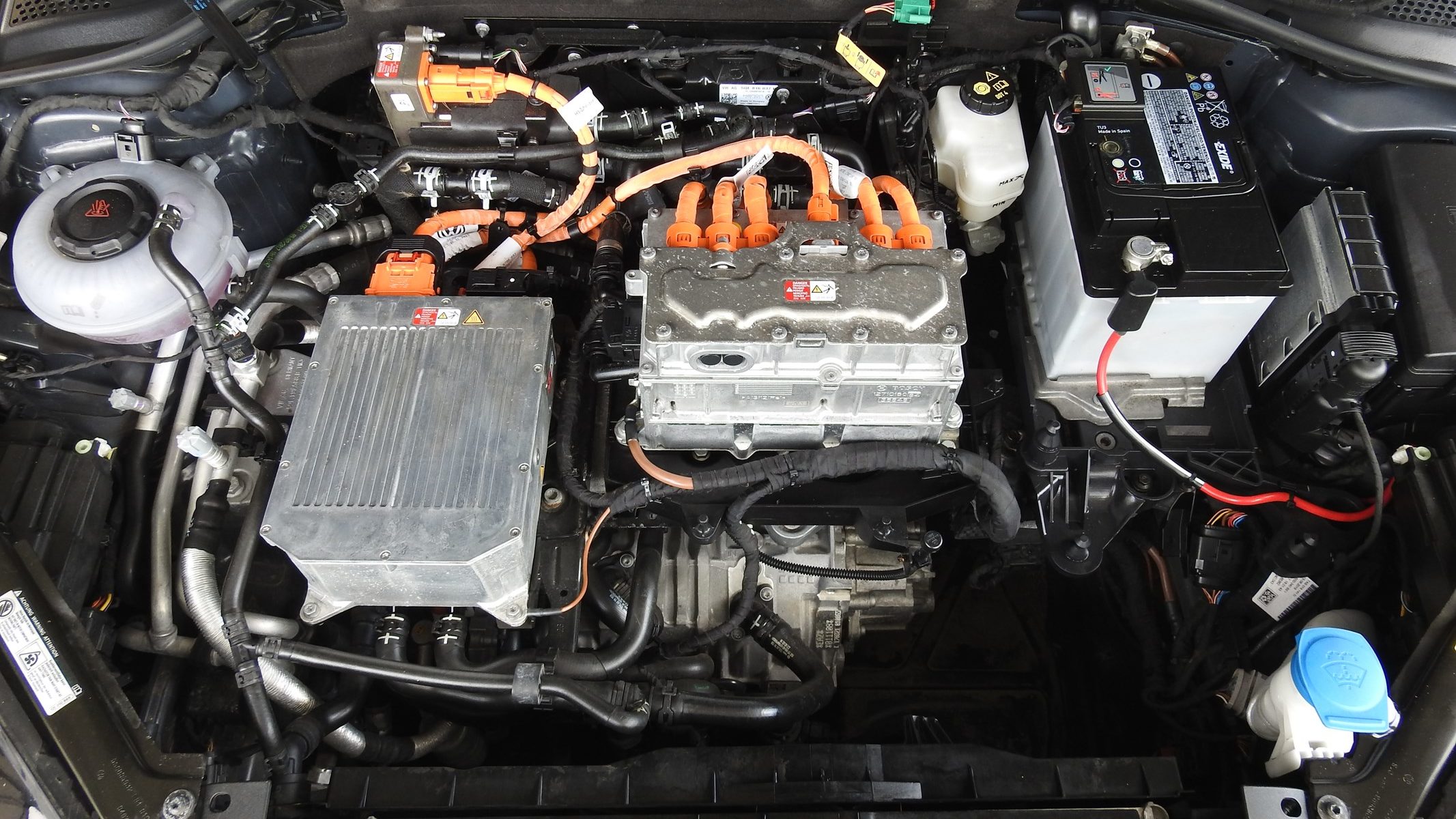
The fully electric E-golf is an interesting car. In many cases it is worth it, but in many cases it’s not worth it at all – but this is something you have to decide for yourself. Meanwhile let’s check out some of the issues of this car and what to check before buying this version.
First of all there are 2 versions of this golf:
- e-Golf 2014-2017 – 85 kW (115 hp) / battery capacity 24,2 kWh
- e-Golf 2017-2020 – 100 kW (136 hp) / battery capacity 35,8 kWh
I would rather choose the newer version and not only because it has bigger battery capacity, but also because the early models made to 2016 had some recalls and issues-mostly related to software:
- sudden stop recall – in cars made to early 2016 the electric motor can suddenly shut off (to fix this they updated the software)
- cases of faulty JX1 power control module (can occur in newer cars made after 2016 too)
- software related issues (can occur in newer cars made after 2016 too)
The faulty JX1 power control module can cause issues with charging, but it can also cause a sudden power loss while driving !
Of course the recalls and issues should be already fixed on these older models and the newer cars can occasionally have some issues too, but still…
Battery pack can be scary as fuck
-The battery pack is obviously the scariest thing in these things. The bad thing is that a new battery pack costs around 27 000 € which is a lot. But the good thing is that the battery degradation in these cars doesn’t seem that major yet, however with years and mileage the battery obviously loses some of its capacity. Some say the degradation is from 1% to 5% / 1 year, some say that it’s a 1% degradation / 10 000 km, but of course nobody knows the exact figure. It’s also good to keep in mind that according to experience from other EVs – the battery degradation can be at the beginning slower, but as the age increases it becomes more and more noticeable. But who knows.
the battery age, the mileage, the climate, the charging style and the car using frequency – all of these things affect the battery condition in a used EV
So before buying it’s definitely good to at least kind of check the battery pack condition! You have 4 choices:
1. OBD scanner
-you can check the usable pack energy and the voltage of some of the cells thru an OBD scanner, but keep in mind that you can’t check all the individual cells !
2. OBD battery tester
-you can buy a special OBD battery tester
3. Battery degradation test
-you can do a battery degradation test, so charge the car and drive it until you use up the energy to get an estimate of battery pack health and range. If you have the possibility, then before buying charge the car up to 100% and drive it down to 20 or 10% to get an estimate of battery pack range/health
4. Find a damn expert in tha fields
-you can find someone who is at least kind of capable of kind of checking the condition of the battery pack
Listen I’m not a wizard! I don’t know everything, so you either learn all the informations about how to check the battery pack properly before buying or you simply find someone who is at least kind of capable of checking the condition of the battery pack. All I can say is that the battery pack failures are not common yet, there are even cars with more than 150 000 km with batteries in good condition + the battery pack is under an 8 year / 100 000 mi (160 000 km) warranty (so if the battery capacity goes below 70% then it should be replaced under warranty for free).
However there are also cases when some of the cells were faulty or weaker, but this should be at least kind of discovered during the battery pack checking process.
But again I’m not a wizard I can’t tell you everything, there are other experts in this field so let’s move on.
Check the underside !
The next thing you should definitely check before buying is the underside of the car. So check the underside of the car for dents and damage, because if something big hits the battery pack which is mounted under the car, then it can damage the cells in it which is not good at all !! Also if the car had been in a flood accident then obviously the water can damage the battery pack too !!
Check the charging !
The last thing you should check is the charging, since the charging port lock can act up. This lock keeps the charger plug locked via a metallic pin which slides out – if you plug in the charger. This pin acts as a lock, so if it’s engaged you can’t remove the charger plug/handle. This metallic pin can fail in two ways:
- It can get stuck in the open position
- It can get stuck in the closed/engaged position
When the pin gets stuck in the unlocked/not engaged position you can’t charge the car. On the other side if the pin gets stuck in the locked/engaged position while you are charging the car, then you won’t be able to remove charger plug since it’s gonna be locked/stuck. In both cases it’s often times enough to simply bang a bit with your hand in this area, eventually press the lock and unlock buttons on the key fob several times and the pin engages or disengages. The proper fix for this is to replace the charging port lock actuator, however some owners just regularly lubricate the pin which seems to help as well.
“when the charger is stuck you can try to hit it a bit to free it up according to this video“
If you want to replace the locking pin actuator then you have to buy not only the actuator itself but also a repair/splice kit from VW. Why you need a splice kit? Well, because these hilarious VW engineers used a long wiring harness for the locking pin actuator. This wiring harness follows the route of the high voltage charging wiring harness which is not accessible easily. This means that to replace the pin actuator without cutting the wires you would have to remove the WHOLE fucking battery pack to access the end of the actuator pin wiring ! This procedure would cost at least $2 000 at the dealer ! So while cutting the wires in a fully electric car doesn’t sound very comforting, it’s the only reasonable way to replace the actuator. Don’t worry this procedure is approved by VW and that’s why there is a genuine splice kit for this, just make sure it’s done properly !
how to fix/replace charging port lock actuator video
official technical bulletin about this actuator issue
Other informations
-In a used E-Golf which is older than 3-4 years you obviously can’t expect the range of a new car so it’s gonna be lower than the manufacturer states:
- the less powerful used E-Golf should have a useful range of at least 100-120 km with battery in good condition
- the more powerful used E-Golf should have a useful range of at least 170-200km with battery in good condition
The range MAY VARY so don’t take these numbers for granted!
-The range drops significantly in winter cold weather, on the highway or in rain
-Cars used in hot climate areas are gonna have a shorter battery life/a bit faster degradation
-Generally speaking cars used regularly/more often are gonna have the battery pack in a better condition than cars which were not used regularly. However you don’t want a very high mileage EV, you just want an EV which was used regularly and had the battery cycled regularly. So for example if you got a 5 year old e-golf with 10 000 km and a 5 year old e-golf with 40 000 km then it’s better to buy the car with 40 000 km since it was used more often and it had the battery cycled regularly (but of course before buying you should still check the condition of the battery pack!!).
-It’s not a car for long distance driving but as a daily driver for the smaller or bigger cities it’s good.
-As in other EVs the brakes in this car can withstand a long time since most of the braking is done by recuperation. However this also means, that the brakes are often not used enough – so they can be rusty a lot. If the rust is gonna be major then you will have to replace the brakes, so check them before buying and occasionally use the brakes a bit harder to prevent brake rust.
-The newer models made from 2017 can be equipped with the fast charging feature (the fast charging was optional so not all of these cars have it)
To extend the lifetime of the battery:
- don’t charge the car up to 100% so charge it up to 90-95%
- don’t discharge the battery below 10-15%.
- don’t use the fast charger a lot
- use the car regularly
Timing belt / chain
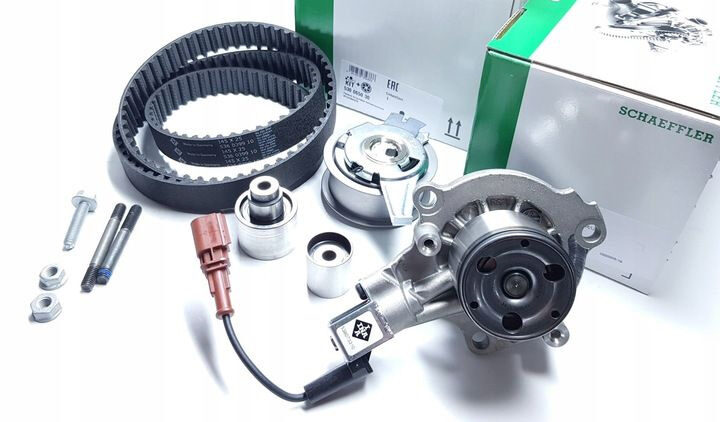
All of the engines are equipped with a timing belt except the 1.8 TSI and 2.0 TSI petrol engines which have a timing chain.
Timing belt
The timing belt of the diesel or petrol engines can usually withstand even a bit more than 200 000 km, but you should not risk it and in both cases it’s definitely good to replace it before 200 000 km.
In other words the safest and most optimal timing belt change interval is between 150 000 and 190 000 km or 5-6 years (even if the original manufacturers interval for replacing the timing belt on diesel engines is at 210 000 km). And if you want to be very thorough, then it’s definitely good to check the timing belt visually at 120 000 km or after buying, eventually replace it at this mileage point if you want to be safe as fuck.
If the car is more than 5-6 years old then the safest is to replace the timing belt regardless of mileage!
The petrol engines don’t have a timing belt change interval stated from the manufacturer – so it’s good for “lifetime” which is obviously bullshit, even though in some countries the dealer recommends an inspection at 120 000 km. Many petrol engine owners replace the timing belt at 120 000 km but at this mileage it’s usually still fine so there is no need to replace it at this mileage point.
“Change the timing belt with the water pump, all pulleys, tensioner, pulley screws, pulley studs (+ oil pump belt-diesel engines).”
Keep in mind that all the diesel engines have the oil pump driven by a rubber belt! This belt can withstand a lot but not an eternity, so I would highly recommend to replace it together with the timing belt ! By the way, in this case you have to replace the plastic cover in which the crankshaft seal is mounted, because if you don’t replace it then it will leak oil A LOT.
If you got a diesel engine, then be ready that replacing the timing belt is more expensive and more complicated than in the previous mK6. That’s why it can cost even around 1 000 € to replace the timing belt with all the necessary stuff, but usually the price is somewhere around 600 – 700 €. (obviously the price also depends on if genuine or aftermarket timing belt kit is used)
Timing chain
As I said the 1.8 TSI and 2.0 TSI engines have a timing chain mechanism which is usually fine at least up to 200 000 km (but it can be good after this mileage point as well, so even at 250 000 km or 300 000 km). But definitely check for a rattling noise at cold start and at around 200 000 km or after buying remove the plug on the timing chain cover and check the chain tensioner. If the tensioner is pushed out too much – according to picture below, then you should replace the chain mechanism.

Transmissions
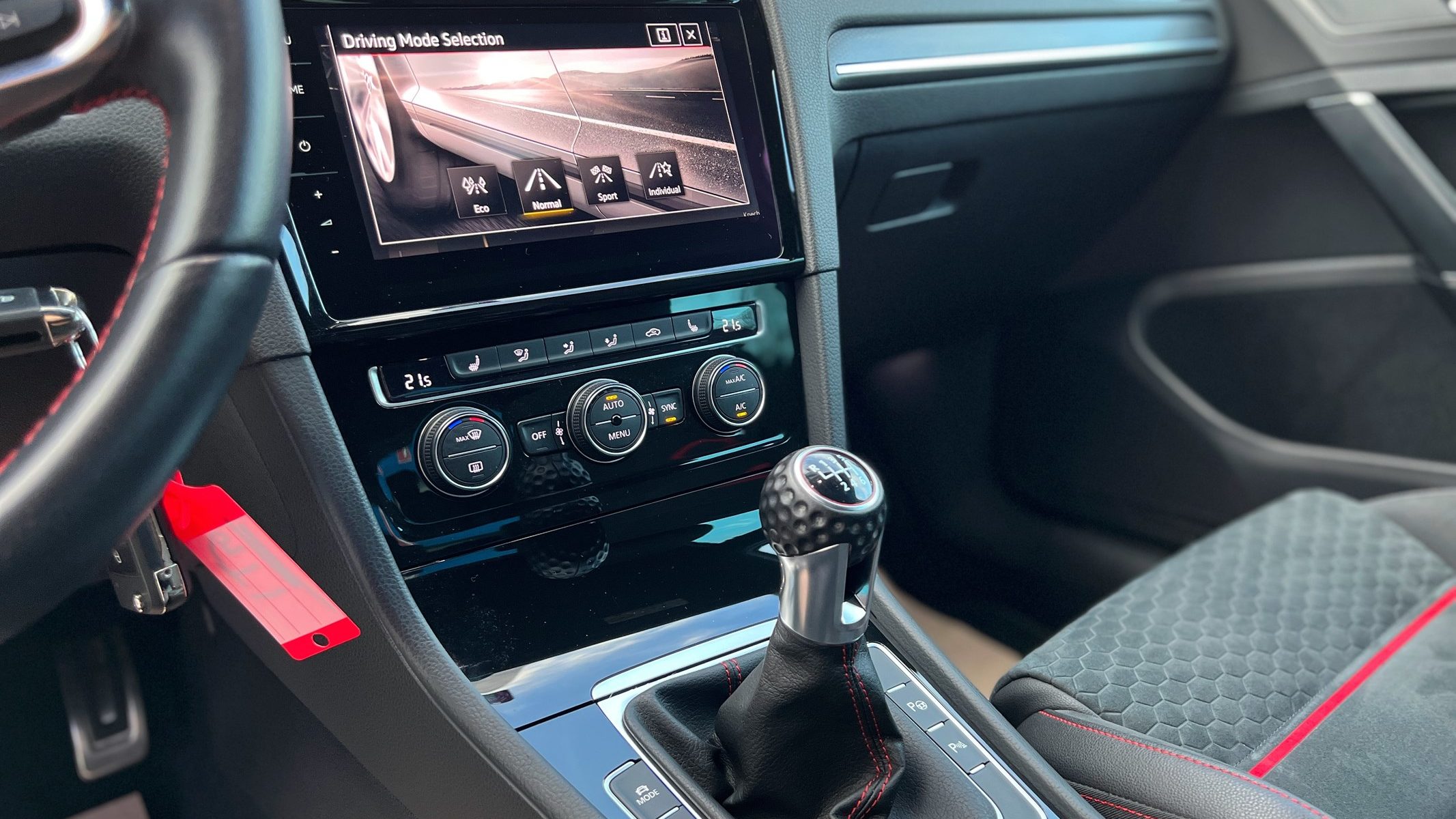
This VW can be equipped with the:
- 5 or 6 speed manual gearbox
- 6 or 7 speed DSG dual-clutch automatic transmissions
- regular 6 speed automatic transmission (US market only)
Manual gearbox
-The manual transmissions are usually fine just check them for strange noises and after 120 000 km it’s good to replace the oil in them.
Then check the clutch if it’s working properly and if it’s not slipping. It’s important to check this mainly in the more powerful GTI and R models since the stock clutch in these cars is not very durable. This means that if the previous owner used the car for more dynamic driving or if he operated the clutch badly or if the car has and engine performance upgrade then the stock clutch can fail even before 100 000 km.
So if you are buying a GTI then check the clutch properly if it’s not slipping (how to check clutch slipping: if you are in higher gear-so 4 or 5th eventually 6th at lower rpm then press the accelerator harder-you don’t have to floor it – if the revs will suddenly increase and then drop back even though you didn’t let your foot off the accelerator then you have a worn clutch !!!!
The Dual mass flywheel can be of course worn as well-if the car is equipped with it, but usually just around 200 000 km, even though this mostly depends on how the previous owner used the car.
Automatic gearbox
-From the automatic transmissions the regular 6 speed is the most reliable if you change the oil in it regularly. But this gearbox was mated only to the 1.8 l TSI petrol engine available only in the US.
-On the other side the DSG dual-clutch gearboxes are not the most reliable. Especially the 7 speed version with dry clutches can have often issues with the mechatronic and also the clutches can wear out in it. Both of these issues can occur before 150 000 km, sometimes even before 100 000 km so it’s good to keep extra money for the repairs.
The 6 speed and the 7 speed DSG with wet clutches are more reliable and with regular oil changes they can withstand more than 200 000 km, but it’s still good to keep extra money for the repair of these transmissions as well. + the DSG transmissions also have a dual mass flywheel which can be worn
Check the automatic gearbox properly before buying: it has to work smoothly without vibrations, shuddering, jerking, hesitation or metallic noises.
4Motion
If you are buying a model equipped with the 4motion 4wd system then make sure that the 4wd is working properly – since the haldex type pump mounted on the rear differential can fail and if it fails then the car is going to be just front wheel drive. Because of this it’s really important to change the oil in this haldex type rear differential every 30 000 km to prevent pump failure + keep in mind that during this you should also remove the pump and check eventually clean the tiny mesh on it. (unlike in the predecessor there is no filter just a mesh before the pump, so that’s why you should change the oil more often than in the Golf Mk6)
how to replace oil in the haldex type rear differential video
video example of a not working haldex pump-not working 4wd
To summarize things up:
- avoid the 1.2 TSI and 1.4 TSI engines made to mid 2014 + the weakest 1.2 TSI made to 2017
- the petrol engines with the dual port injection are a good choice
- avoid the DSG gearbox unless you have additional 2 000 € / $2 000 to fix it
- avoid cars with performance upgrades and with questionable maintenance history
- avoid cars equipped with the single pane sunroof
+ keep at least 2 000 € / $2 000 for the maintenance and possible repairs
And as always if you have personal experience with this car or more information about it, then you can write it into comments!







